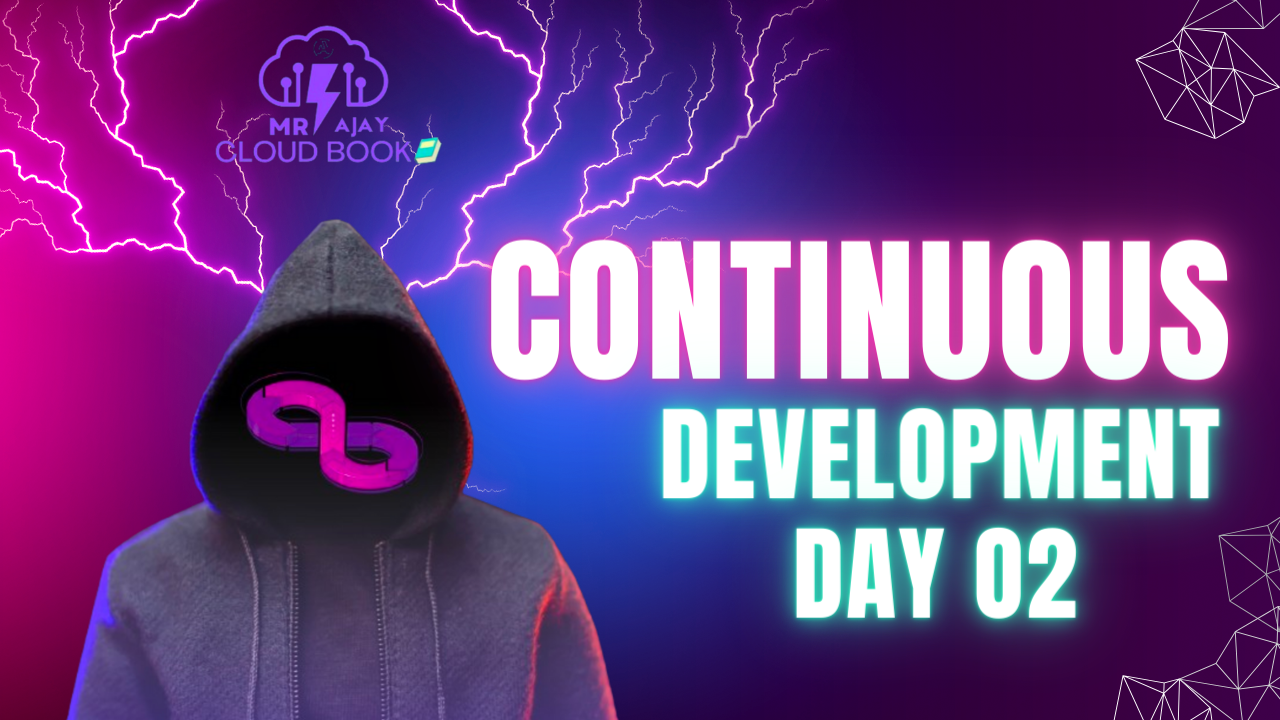DevOps has emerged as a transformative software development methodology that integrates continuous development, testing, integration, deployment, and monitoring throughout the software development lifecycle. The DevOps process unfolds across seven interconnected stages: Plan, Code, Build, Test, Integrate, Deploy, and Monitor, each contributing to the iterative enhancement of software products.
Continuous Development stands as the initial phase within the DevOps spectrum, orchestrating the meticulous planning and coding of software functionalities. Unlike the conventional waterfall model, which follows a linear and exhaustive approach, continuous development adopts an agile and iterative methodology, breaking down projects into manageable and deliverable chunks. This allows for incremental releases and rapid adaptation to evolving market needs.
A pivotal aspect of continuous development is sprint planning. This involves short-term goal-setting, typically spanning two to three weeks, to accomplish specific objectives within each sprint. Every release is earmarked with a version number (e.g., 1.0, 1.1), denoting incremental improvements or the addition of new features, ensuring a systematic approach to iterative development.
In a diverse codebase employing multiple programming languages, maintaining code coherence becomes a challenge. Continuous development addresses this challenge by employing robust version control systems. Code versioning during each sprint not only ensures structured code management but also facilitates efficient collaboration among development teams.
Central to effective code management and collaboration are version control systems like Git and GitHub. These platforms empower teams to collaboratively manage code, merge changes, track modifications, and maintain a centralized repository. This centralized approach simplifies rollback mechanisms and ensures accessibility for operations teams, thereby streamlining the development process.
Visualizing the distributed version control system involves envisioning a central code repository where all changes are stored, a staging area to prepare code modifications, and local copies on developers’ desktops. This structured workflow ensures that code changes are methodically integrated into the central repository after rigorous testing and validation, assuring the integrity of the final codebase.
Continuous development seamlessly integrates with DevOps principles by leveraging powerful version control systems such as Git and GitHub. A comprehensive understanding and proficient use of these tools are instrumental in streamlining workflows, fostering collaboration, and ensuring the consistency and integrity of the codebase.
Future segments will delve deeper into an extensive exploration of Git and GitHub functionalities, offering insights and best practices necessary for mastering continuous development within the DevOps framework.
- Continuous development is the first phase in the DevOps lifecycle. It focuses on efficiently writing, managing and releasing code frequently.
- It involves both sprint planning and software coding activities.
- Sprint planning sessions are held at the start of each sprint cycle, usually 2-3 weeks long. The goal is to define and prioritize the features, user stories or requirements that the development team will work on in that sprint.
- The product owner or product manager drives sprint planning. They collaborate with developers, testers, designers etc. to identify the scope of work for the sprint.
- Detailed upfront requirements gathering is not needed in DevOps. The focus is on quick planning and coding in small batches versus big design upfront.
- User stories are commonly used to define sprint goals at a high level. These are short descriptions of required functionality from an end user perspective.
- The team collectively estimates the effort needed to deliver each user story. Stories are broken down into development tasks.
- Based on priority and estimates, the team commits to delivering a subset of the stories in the upcoming sprint.
- Coding tasks then begin to build the functionality defined during sprint planning. Coding can be done in any language based on the tech stack – Java, JavaScript, Python etc.
- Developers follow certain best practices like writing modular, maintainable code with proper comments. Coding standards and guides help achieve uniformity.
- Unit testing is done alongside coding both by developers and dedicated testers in DevOps teams. This enables continuous testing to give rapid feedback.
- Agile methodologies like Scrum advocate timeboxed sprints where a shippable product increment is delivered at the end.
- Source code needs to be properly managed as it is rapidly evolving due to continuous development. Version control systems like Git are essential.
- Git enables tracking code changes, branching for features, tagging releases etc. A definitive Git repo acts as a single source of truth.
- Developers commit code changes frequently to the shared team repository multiple times a day in some cases.
- Continuous integration tools hook into the Git repo and automatically build, test and validate the code from each commit.
- In summary, continuous development relies on agile planning, modular coding, and version control with Git to rapidly develop working software in each sprint cycle.

Leave a Reply